Smallmouth bass (Micropterus dolomieu – Micropterus dolomieui is a common, somewhat accepted misspelling) and largemouth bass (Micropterus salmoides) are the two most widespread, popular – and important – of all of the black bass species.

As their name suggests, the biggest differentiator between the two is the size of their mouth. The jaw of the largemouth extends past the eye (when the jaw is closed), while the jaw of the smallmouth ends before the eye.
The Northern Smallmouth Bass
Largemouth bass usually have a dark horizontal stripe on their body – which explains the nickname “linesides“. Smallmouth bass typically showcase beautiful vertical bars on their bodies, and angled lines on their face & gills.
The Northern Smallmouth Bass can have light or dark coloring – Micropterus dolomieui dolomieui
The Neosho Smallmouth Bass
The Neosho Smallmouth Bass is a stream loving strain. They can be found in Arkansas and Oklahoma waters – again, usually in streams. If you are targeting a true Neosho, look to 6 different counties in Oklahoma: Ottowa, Delaware, Adair, Cherokee, Mayes and Sequoyah. (Locals also claim that southeast Oklahoma is home to the genetically distinct Ouachita smallmouth bass.)
On rare occasions, Neosho bass will be caught in Grand Lake, the dividing line between “true” and “contaminated” strains of smallmouth bass; a result of the state’s stocking programs. In years past, this subspecies was described primarily using slight differences in counts of the second dorsal fin rays, pigmentation patterns, and dentition on the tongue – however these are not flawless methods as the differences between the Neosho and the northern smallmouth are subtle.
In the field, the fastest way to identify a Neosho is to look at the bottom lip. When the mouth is closed, it will protrude ever so slightly – more than a northern strain – as if the fish is enjoying a pinch of snuff.
The Neosho Smallmouth Bass – Micropterus dolomieui velox
A Freshwater Chameleon
You may have noticed something while looking at the pictures above. One example of northern smallmouth was light, the other, dark. That’s because both largemouth and smallmouth bass will change color to blend in based on their surroundings. Largemouth can be deep, dark green in heavy cover, or light green, even somewhat golden – when taken from sandy bottom pits, as shown below:


Smallmouth bass are often a nice golden bronze or a dark brown. In our experience, smallmouth caught off weed edges seem to have more contrast and showcase their vertical bars. Sandy bottom smallmouth living by sunken logs and boulders usually exhibit less contrast, and a more uniform color overall.

Largemouth and smallmouth bass are both omnivorous, opportunistic feeders, but smallmouth are better adapted at feeding on crayfish and smaller crustaceans in rock crevices. The mouth of a smallmouth is more pointed and better for feeding down than that of a largemouth. Smallmouth also have a more streamlined body better suited for rivers and current.
Like the largemouth, the smallmouth bass has been widely transplanted outside their original, native range. From Northern Minnesota and the Canadian Shield Lakes, to New England and the mid-Atlantic states. Introductions have also taken place in rivers and reservoirs throughout the western United States.
Indeed, many bodies of water that once held no smallmouth now offer world-class smallmouth fishing.

In certain locations, largemouth and smallmouth can be found in the exact same areas, even though these fish have evolved in different habitats. Smallmouth typically thrive in cool, clear lakes and rivers with gravel bottoms and moderate flow.
We discussed this in our series on Learning to Fish Rivers & Streams. The headwaters of a stream or river are clear and cool, the flow is faster. This is ideal trout water. The middle section slows and becomes warmer as the water runs through shallow riffles and watersheds. This section will hold more walleye and smallmouth. Still further down, the stream widens out, more tributaries enter, and the pool-run-riffle pattern repeats again and again, warming the water even more and ultimately providing excellent largemouth bass cover in the backwaters and oxbows that form.
The different fish are perfectly matched to these different conditions.
Smallmouth and spotted bass (another subspecies we’ll talk about in the next section) thrive in highland reservoirs, while largemouth bass do best in flatland or lowland reservoirs. Some reservoirs are diverse enough to provide habitat for all three of these bass types:
Spotted bass may prefer the deep midsection of a reservoir, largemouth will opt for the shallow arms in the upper third, and smallmouth may set up in the lower third.

No matter where they are located, smallmouth bass have distinct features and advantages in certain environments – and they fight hard, making them extremely fun to catch – no matter what size!
Tight lines!

Thank You For Your Support
Your support directly funds the creation of weekly articles and videos that promote the development of better anglers and better men. Our country (and our kids) need both. Please share this site, and consider a monthly, weekly, or one-time donation. You are helping us make a difference!

Featured Videos:

Stars & Bars Fishing is a video log dedicated to catching fish with the techniques we write about. All Episodes >

The Minimalist Fisherman channel focuses on bait reviews, strategies & projects. See More Fishing Videos>


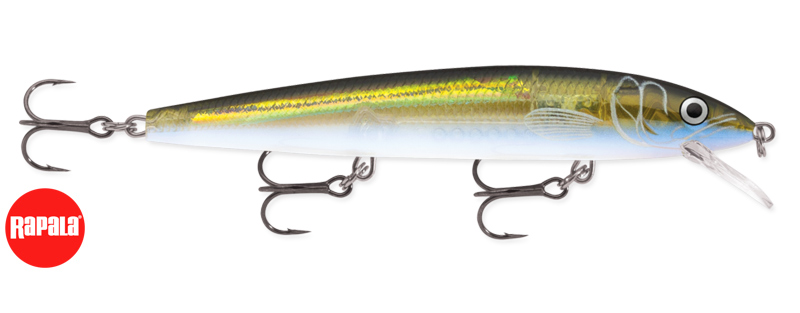

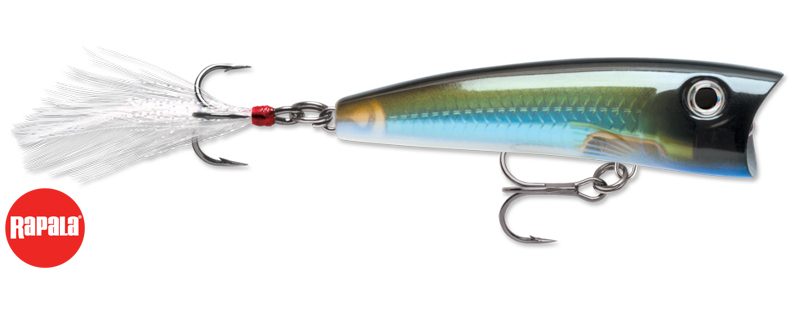

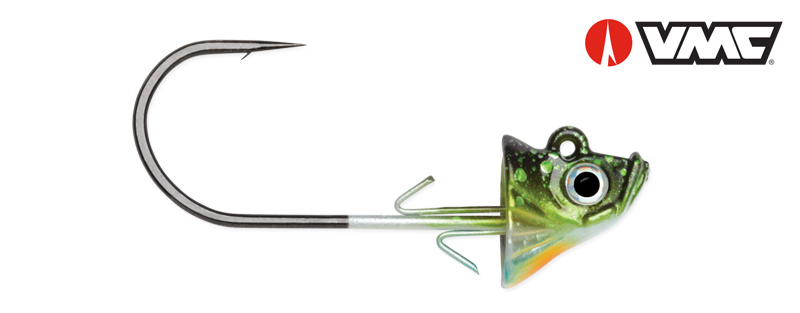

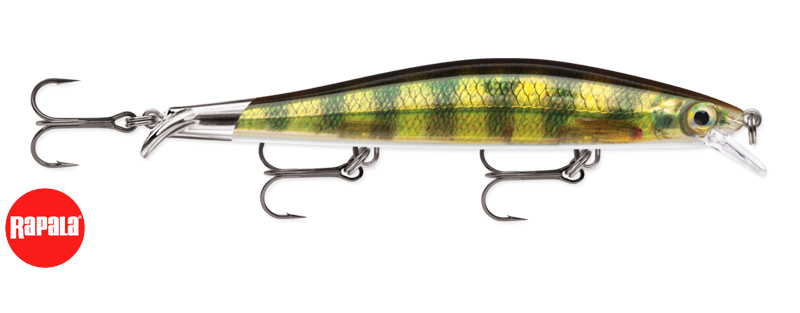
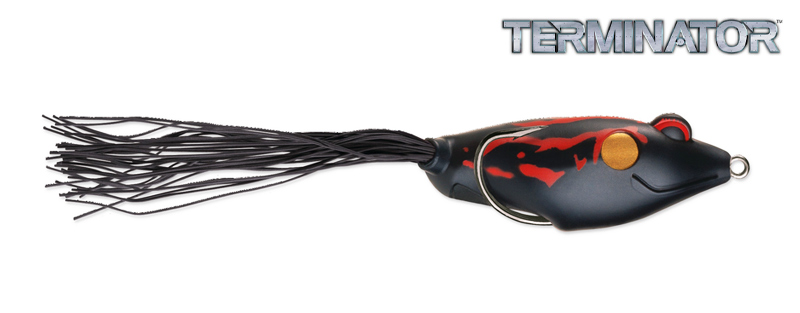




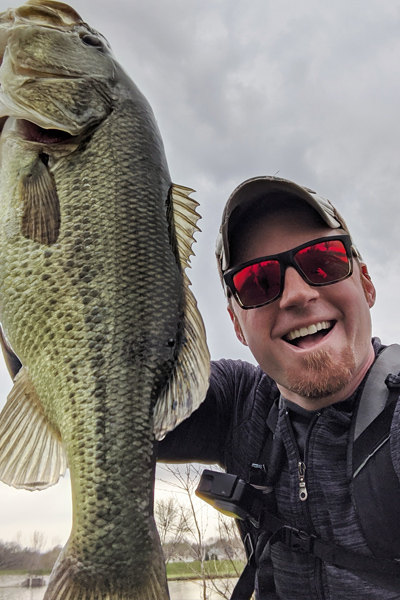




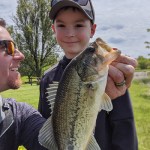









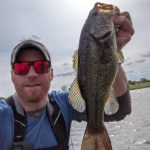
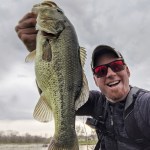

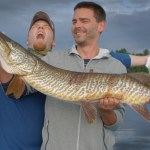












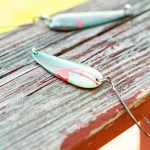


2 Responses
[…] allows them to eat larger prey, it also makes them less adept at snatching food up off the bottom. Smallmouth bass have tweezer-like jaws and a smaller belly, along with a more slender, streamlined body – […]
[…] They reproduce quickly, and while they are often a primary food source for preyfish like walleye, smallmouth bass, largemouth bass, spotted bass – even “less desirables” like freshwater drum […]